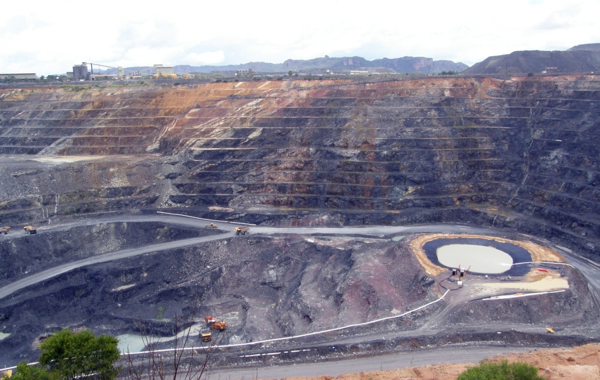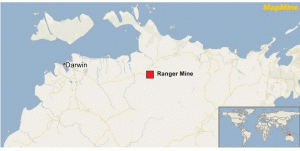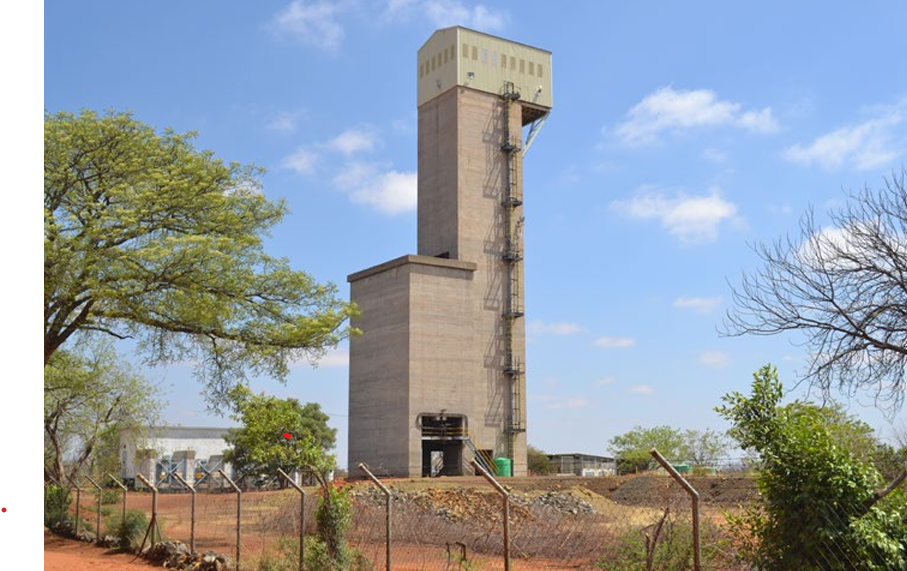Rio Tinto’s Ranger uranium mine gets green light to resume operations
A slurry spill at Rio Tinto’s (ASX: RIO) Ranger uranium mine in Australia’s Northern Territory last year did not cause any adverse impact to the environment or human health, an interim investigation report published last week says.
According to the country Department of the Environment the amount of the radiation workers involved in the clean-up activities had to face was low and of “no consequence” to human health.
The collapse of a leach tank at the mine last December resulted in the leak of about one million litres of radioactive and acidic slurry. It was later known a similar accident had happened at the company’s Rossing Uranium mine in Africa in days previous to the major spill.
Operator Energy Resources Australia (ASX:ERA), however, has been instructed to provide the Ranger Minesite Technical Committee with an implementation plan that addresses recommendations relating to groundwater monitoring specified in the report.
ERA expects the processing plant to return to normal production levels during the third quarter of this year, with the company’s 2014 production of uranium oxide expected to be between 1,100 tonnes and 1,500 tonnes.
The firm said findings into the cause of the failure of the leach tank and the integrity and maintenance of the Ranger processing plant had formed the basis of the company’s restart plan recently approved.
In 2010 water contamination levels in the area spiked to five times the safe level after millions of litres of radioactive water from the Ranger mine reportedly flowed into world heritage-listed wetlands in the park.
ERA representatives at the time said the contaminated water had come from upstream and was not the company’s fault.
Image from WikiMedia Commons.
More News
{{ commodity.name }}
{{ post.title }}
{{ post.date }}



Comments